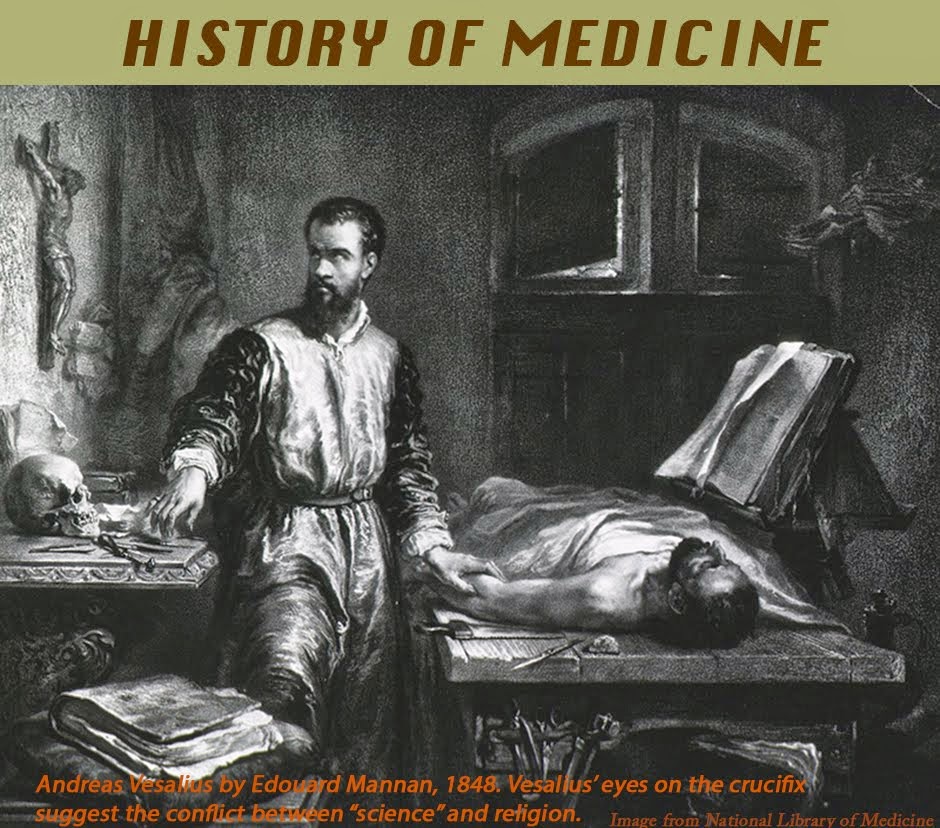CHERRY TREES
AND ADRENALIN
Washington’s gorgeous cherry trees were in full bloom recently, a
beautiful welcome to spring in our capital city.
Ever wonder where the trees came
from? The answer has a lot to do with adrenalin and progress in endocrinology and pharmacology.
 |
| Cherry trees, Washington (National Park Service photo) |
In the winter of 1893-4 George Oliver and Edward
Schäfer in London showed that extracts of adrenal medulla tissue injected into
dogs produced sudden hypertension and arterial
constriction. A few years later
Bayliss and Starling demonstrated secretin, a substance from the intestine that
stimulated secretion of pancreatic enzymes. And something in thyroid tissue
produced metabolic effects. Starling, in 1905, introduced the word “hormone”, Greek for “I excite”, as a label
for these secretions.
 |
| Edward Schafer (left) and George Oliver (right) (from Wikipedia) |
What was the blood-pressure-active
adrenal hormone? The search was on in several laboratories, but
only two “benchmen” will be highlighted here. The first is John J. Abel.
Born near Cleveland in 1857, Abel studied mainly chemistry and
physiology at the University of Michigan and Johns Hopkins.
Then he made the
pilgrimage to Europe, where he studied under the physiologist Karl Ludwig (who
trained a legion of Americans, including William Welch, a founder of Johns
Hopkins), and Oswald Schmiedeberg. Schmiedeberg was a founding father of a new discipline, experimental pharmacology, whose students eventually occupied chairs of some
forty different pharmacology departments. While in Europe Abel obtained an MD
degree and accepted the chair of a new pharmacology department at the University
of Michigan Medical School, where he built a laboratory and introduced hands-on
German teaching methods. It was the first such department in the U.S. (as
distinct from old, didactic departments of “Materia Medica”). Two years later, in 1893
William Osler enticed him to Johns Hopkins to head their new department.
 |
| John J Abel (Wikipedia) |
At Hopkins, after considerable hard work Abel obtained crystals of a
substance from adrenals that was physiologically active. He named it
“epinephrine” in a publication in 1897, believing it to be the natural compound.
Unfortunately, though he was close he had actually isolated a benzoyl derivative. And
he had lost an eye in a laboratory explosion, a loss he never complained about.
Abel made many contributions, including isolation of poisons
from Amanita Phalloides mushrooms, and,
most famously, the crystallization of pure insulin. He helped found three
journals. He invented a dialysis procedure to remove toxins from the blood of
animals and developed a plasmapheresis process. Both ideas, ahead of their
time, gained clinical use later. He did not believe in patenting his
discoveries.
The second protagonist is Jokichi Takamine, born in Japan in 1857 to a
physician father. Jokichi started in medical school but switched to chemistry,
in which he excelled. He worked for the
Japanese government on industrial
projects, and was sent in 1884 to represent Japan at the New Orleans World
Exposition. There he met, and later married, his landlord’s daughter and
eventually took up residence in the U.S. Before long Jokichi patented the first
digestive enzyme for human use (an amylase), and Parke-Davis marketed it under
the name Taka-Diastase. Since Jokichi had set up his own lab Parke-Davis soon
asked him to try to purify the active substance in adrenals. He visited Abel’s
lab and, using a different chemical approach, proceeded to isolate the
pure compound. He named it “adrenalin” in 1902 – after taking out a patent. Careful review indicates that he did not
“steal” any ideas from Abel, nor did Abel accuse him of it.
 |
| Jokichi Takamine (Wikipedia) |
Adrenalin was a “blockbuster drug” in today’s parlance, used topically
for all sorts of bleeding or inflammatory lesions, asthma, hay fever, and
systemically for anaphylaxis. Quacks peddled it for cancer, etc. Royalties from sales of Adrenalin (the trade
name) and enzymes made Takamine a rich man. He was one of the first “biotech
entrepreneurs”.
Takamine’s wealth and business accomplishments helped him establish
important social and political contacts and he became a sort of unofficial
Japanese ambassador. In 1909, hearing that President Taft’s wife was interested
in planting cherry trees in Washington, Takamine secured her acceptance of
2,000 trees as a gift from the mayor of Tokyo, though Takamine quietly paid for
them. Unfortunately they were diseased and had to be destroyed, but Takamine
financed, behind the scenes, a second lot of 3020 carefully grown trees. They
have persisted, been added to, and are in bloom today.
Addenda:
1. The name “epinephrine” is the approved one in the U.S. in recognition of
Abel. “Adrenaline” is approved in the U.K., and in Japan a change was made in 2006
from “epinephrine” to “adrenaline” in honor of Takamine.
2. The H K Mulford drug company marketed its own adrenalin, arguing that
since it was a natural substance it was not subject to patent. Parke-Davis sued
them. The Parke-Davis v Mulford case
ended in a decision by Learned Hand in 1911 holding that the
isolation/purification of a natural substance rendered it patentable. The
decision was cited often in the recent Myriad Genetics
case about the patentability of naturally occurring genes.
3. The study of adrenalin effects opened the way to the discovery of chemical neurotransmitters.
SOURCES CONSULTED:
Hoffman, B. B. Adrenaline.
2013. Harvard Univ Press.
Kawakami, K. K. Jokichi
Takamine: A Record of his American
Achievements. 1928. W E Rudge, NY.
Parascandola, J. The
Development of American Pharmacology:
John J Abel and theShaping of a
Discipline. 1992. Johns Hopkins
Press.
Voegtlin, C. “John Jacob Abel”. 1939. Journal of Pharmacology
and Experimental Therapeutics.
67: 373-406.
(to leave a
comment click on "no comments" and a box will come up)
(to subscribe
enter email address or send request to gfrierson@gmail.com)
